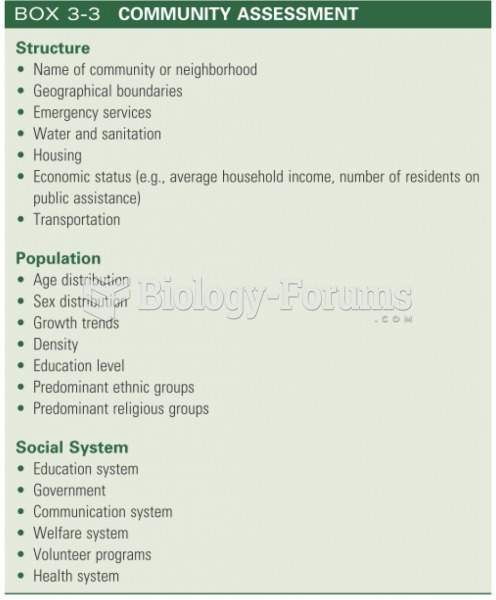Answer to Question 1
Characteristics of each model:
Epstein: overlapping spheres of influence, six keysparenting, communicating, volunteering, learning at home, decision making, collaborating with community, basis for national PTA standards
Coleman: social capital, importance of home environment on test scores, communities, obligations and expectations, norms and sanctions, and information-flow
Cochran: parent empowerment, all parents want what is best for their children, all parents want to be good parents, parents are childrens first and most important teachers, empowerment skills include understanding, sensitive communication, life balance, understanding diversity, valuing family strengths, supporting families, home visits, conferencing, collaboration
Moll: cultural competence requires a look beyond the classroom, funds of knowledge instead of a deficit view, teacher awareness of own prejudices, cultural variations in parenting and communication styles
Answer to Question 2
Continuity: includes both similarities in home and school environment values and goals (congruence) and linkages (types and frequency of communication)
Linkages: types and frequency of communication
Congruence: similarities in home and school environment values and goals
Transitions: include changes in environments that children experience throughout the day, entrance into preschool, entrance into kindergarten and entrance into primary grades
Relationship: Children do better when they have congruence in their lives. Educators can help to increase a sense of congruence through continuity, both linkages and continuity. Well-planned transition experiences will include efforts at continuity.






